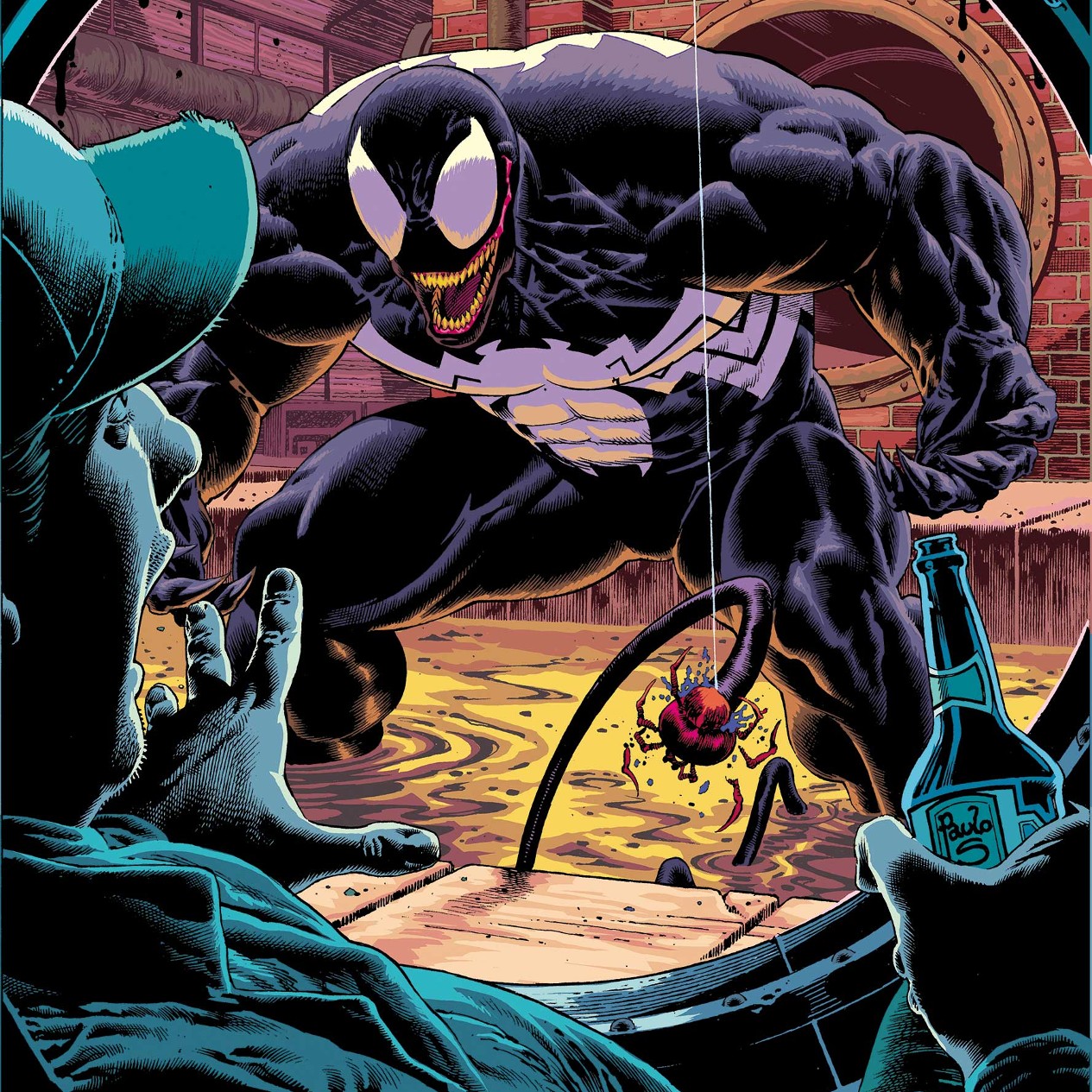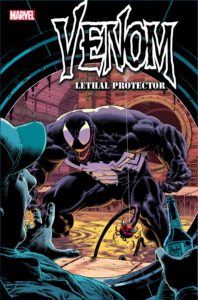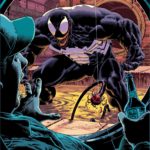
 It’s #WaybackWednesday for Eddie Brock in the pages of Venom: Lethal Protector #1.
It’s #WaybackWednesday for Eddie Brock in the pages of Venom: Lethal Protector #1.
Borrowing the title of Venom’s first-ever solo series, original writer David Michelinie returns readers to the early days of Eddie Brock’s vigilante career, long before he really came to bond with the symbiote or anybody even knew what the heck a “Knull” was. Marvel does this sort of throwback series from time to time, telling new stories in bygone eras. (See also: the line of Symbiote Spider-Man comics, themselves all set pre-Venom.) While I’m sure older fans and/or fans of the older material probably enjoy this sort of storytelling mode, it does bring up the inherent problem with prequels and interquels—does any of this matter? What unseen situation could have possibly happened to Venom back then that is so important to bring up now, decades later?
Based on this first issue, I’m not sure there’s any deeper point to the existence of the revived Venom: Lethal Protector other than the nostalgia factor. There is a novelty to following a younger, greener Eddie Brock learning to live with the symbiote, sure, but the point of a prequel or interquel should be narrative expansion. In this first issue, for example, we see what is ostensibly the first time Eddie realizes that the symbiote is weak to high-pitched sound, but we already knew that. We’re introduced to the apparent villain of the piece, Humbug, but that’s already an established character in the Marvel mythos. (Humbug is also, conveniently, a Michelinie creation from that era.) I’m only working with limited information here and I could be wrong in my suspicion when the series is finished, but nothing in Venom: Lethal Protector #1 totally grabs me enough to speculate on what the potential long-reaching ramifications of the story could be.
But even if I’m not so hot on Michelinie’s script, I can at least appreciate Ivan Fiorelli’s art, which breathes some life into what could otherwise be described as an old-fashioned superhero script. (You know you’re reading a comic styled after the ’80s when the protagonist speaks and thinks to himself in word bubbles rather than narration boxes.) His art is very modern and appealingly clean in a way that echoes Mark Bagley’s original work in spots but still does its own thing. Eddie is depicted as big and hulking even when not in Venom mode, for example, which is an important facet of that character that separates him from the lither Peter Parker but not always reflected appropriately. Fiorelli’s take on the symbiote itself isn’t as horror-heavy as recent interpretations have done, but that’s thematically appropriate given the era this series is referencing. All in all, you could do worse than Venom: Lethal Protector #1 if you prefer a more vintage Venom story, but TBD on whether or not it builds up to something worth following.


![[PRODUCT REVIEW] DC UNIVERSE SUBSCRIPTION](https://geekd-out.com/wp-content/uploads/2020/03/DCU-APP-LOGO-150x150.png)

![[KICKSTARTER SPOTLIGHT] ‘CULTS OF THE BLOOD GODS’ FOR VAMPIRE: THE MASQUERADE 5th ED](https://geekd-out.com/wp-content/uploads/2019/12/Blood-Gods_Featured-Image-150x150.png)